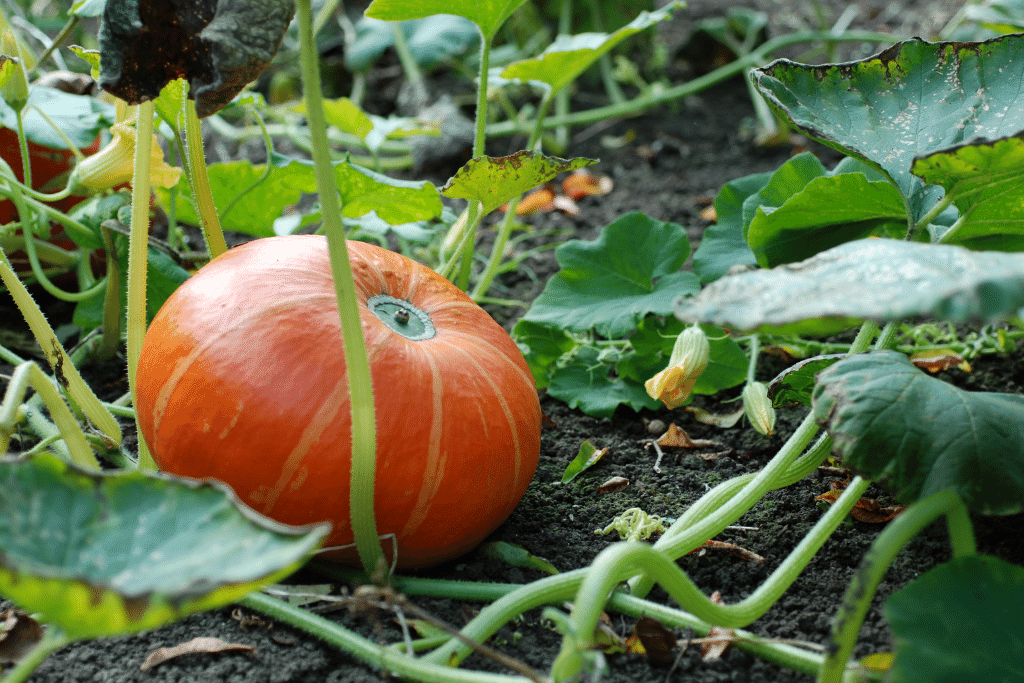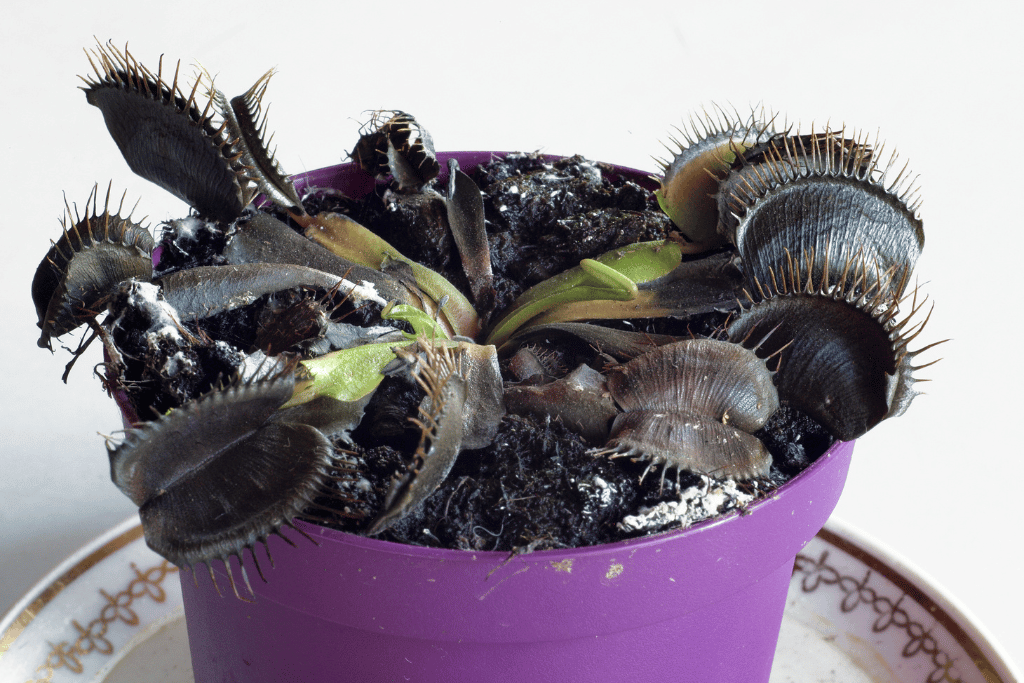No matter how far into your gardening journey you are, that itch to plant seeds as early in the year as possible isn’t going to go away!
You know the story. Many of us have to pack up our gardens in the fall and let them sleep through the cold winter months, it’s sad. Then, we get the holidays out of the way and we start thinking about this year’s garden. But it’s too soon to plant outside, there’s a risk of frost until March, April, May, and even June for some poor souls. January can be time for planning and indoor growing, yet it’s also possible to start some garden crops inside even for the coolest growing zones.
So, what seeds to start in January? If your last frost date is March there are many crops you can start from seed inside, right now, to get a head start on this year’s growing season.
Even if your last frost date is late May or early June, there are seeds you can start in January! Plus, if you have a little space indoors, you can satisfy your growing cravings with some indoor growing. Let’s find out what you can plant this early…
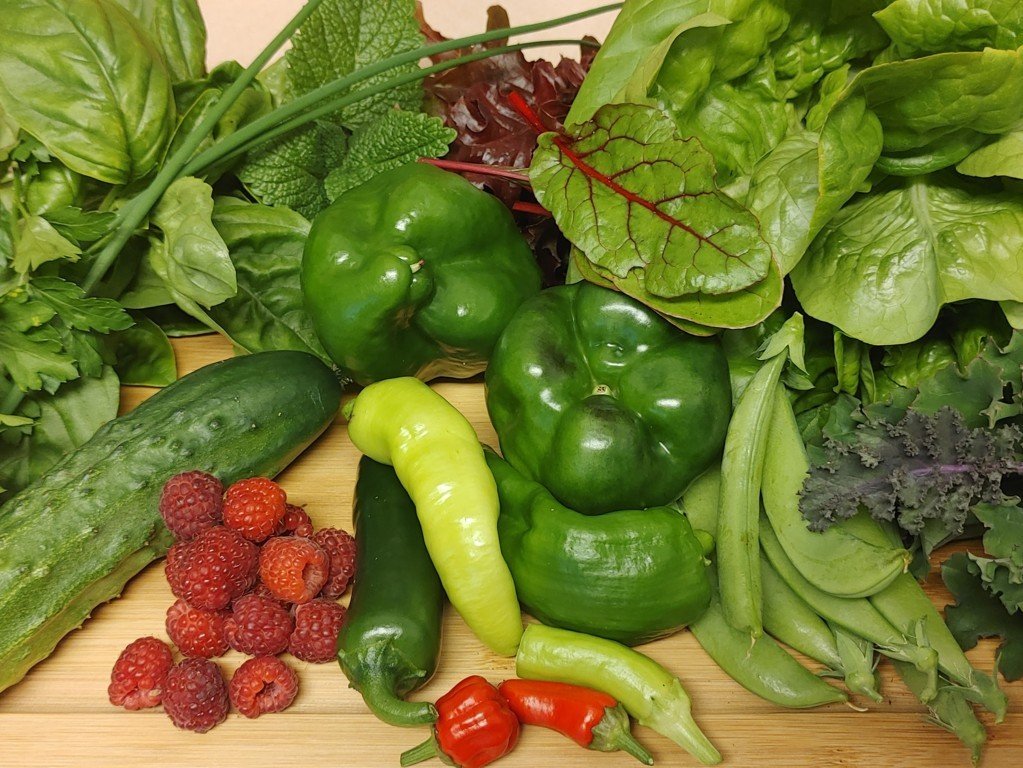
Seeds to Plant Early for Garden Crops
We’re concentrating mostly on edible crops here, but we will consider a few flowers too later. After all, attracting bees and other pollinators is becoming more and more important given the decline in bee populations.
As for vegetables and fruits, the varieties which take the longest to mature are the first to consider for early planting. There’s nothing like getting ahead of the game, especially if you have a short growing season. When planting early, it’s critical to understand when each crop can be planted in the garden in spring. Many crops can’t go outside until after all danger of frost has passed.
We can also consider crops that take less time to mature but will enjoy the cooler weather of spring, and those that can go out in the garden before the last frost has passed.
WAIT! Do you plan what seeds to sow in January, and later, by zone or by last frost date?
Working Out When to Start Seeds Indoors
What is a growing zone?
A growing zone, or plant hardiness zone, is a metric based on average low temperatures for a region. The range is from 1-13 with zone 1 being the coldest region and 13 being the warmest.
You can use your growing zone to work out if perennial plants will make it through the cold of your winter. For example, persimmons are cold hardy down to zone 3, they’ll survive -35 Celcius.
Growing zones do help somewhat with planning annual and edible crops. However, the critical metric when working out when edible crops should be planted outside is the last frost date.
What are frost dates?
Your last frost date in spring and your first frost date in fall determine your primary growing season. Your last frost date, or last expected or possible frost date, is calculated based on historic weather and is the average date of the last freeze in spring. Your first frost date is the average date of the first light freeze of fall. These dates are estimated by geographic region, city, or town and for the US and Canada you can look them up at Old Farmers Almanac.
How to work out when to start seeds indoors
So let’s take peppers as an example. Frost will kill pepper plants so they cannot be planted in the garden without sufficient protection or until after all danger of frost has passed. The recommendation for pepper seeds is to start them indoors six to eight weeks before the last frost, to give them and you a headstart on growing. Then, you transplant them outside when it’s safe.
To work out when to start pepper seeds inside, you take your last frost date and work back eight weeks. If you have a greenhouse, depending on your temperatures, you might be able to go back 12 weeks from the last frost date. You would then transplant your peppers to the greenhouse around four weeks before the last frost date, as they will be protected.
If you want to know what vegetable seeds to sow in January, we’ll give you a rough idea. You can look further at seed starting recommendations individually and use your last frost date for more exact calculations.
If you’re a more experienced gardener, you’ll soon start seeing how far you can stretch the general rules and recommendations on when to start seeds!

What Seeds to Start Indoors and Out in January – By Zone
The following crops will all eventually make it out into your garden. We’ll cover indoor growing a little later. For what seeds to start in January inside, to plant outside later, you may well find your answer below and you can look specifically for your zone for a more relevant list.
Zones 10-13
There’s no risk of frost in zones 10-13 so you have complete freedom for what seeds to start indoors in January. You can also start most seeds outside immediately but your plants will just find it cooler and have less sunlight until the weather really warms up.
You can:
- Sow your cool-season crops outside right away or set out transplants of onions, cabbage, and broccoli
- Start your peppers, tomatoes, eggplants, and ground cherries inside to get a warm headstart
- Plant your warm-season vegetables, like cucumbers, spaghetti squash, and melons, in trays inside or under row covers for extra warmth
- Sow herb seeds, especially those that start slowly like rosemary, sage, chives, thyme, and oregano
- Directly sow pollinator-friendly flowers and those with edible blooms right away!
Zone 9
In zone 9, your last frost date is likely somewhere in February, so you can:
- Directly sow outside frost-tolerant crops such as onions, carrots, peas, spinach, and brassicas
- Start frost-intolerant cool-season crops inside ready to transplant next month
- Start your peppers, tomatoes, eggplants, ground cherries, and slow-growing herbs indoors
- Start other warm-season crops like cucumbers, squash, and melons inside
- Ready your seeds to direct sow flowers as soon as all danger of frost passes
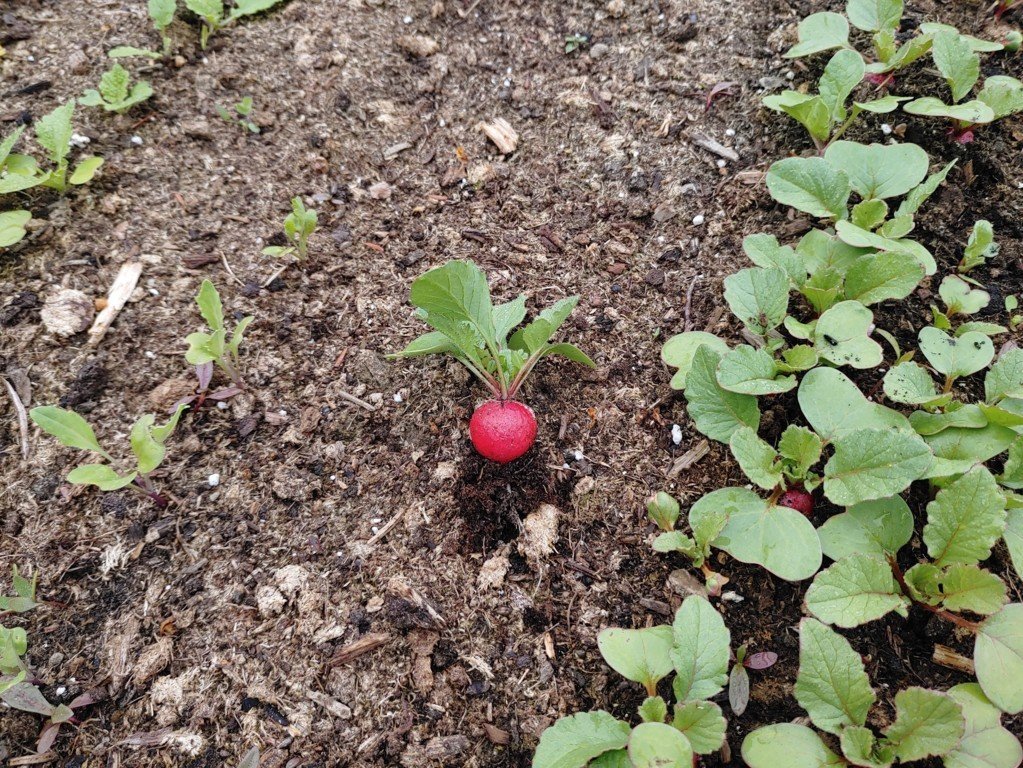
Zone 8
In zone 8 you have around two months before your last frost. You can:
- Start peppers and tomatoes and many herbs indoors, this will give you an eight-week head start
- Nurture eggplants, ground cherries, and artichokes by planting these seeds inside
- Plant indoors, in trays, cool-season crops like cabbage, lettuce, onion, and leeks that don’t mind being transplanted
- Start slow-growing flower varieties indoors
- Prepare the seeds of cool-weather crops for direct sowing next month
Zone 7
You have two to three months before all danger of frost has passed if you live in zone 7. You might be feeling a little more restricted but you can:
- Start peppers, eggplants, and slow-growing herbs and flowers inside
- Start tomatoes but be prepared for extra work to prevent them from getting leggy
- Sow onions or leeks into containers or trays, they can be trimmed down to make them grow stronger before it’s time for transplanting into the garden
- Start cabbages, but you may need extra lights to sustain them
- Try lettuce, spinach, and kale early indoors but transplant to a cold frame, hoop house or greenhouse as early as possible
Zones 5-6
April, or May will contain your last frost date if you’re in zone 5 or zone 6. You can still:
- Sow onions, they can be trimmed numerous times before planting so remain manageable but start well inside
- Get a head start on pots of slow-growing herbs, like rosemary, thyme, sage, or flowers that you don’t mind having hanging around the house.
- Get adventurous and start the odd pepper or tomato if you have space and a grow light
- Experiment with spinach, chard, and kale as your location could mean they’ll survive outside with good protection, as early as March
- Try celery or parsley as both take a long time to germinate from seed
Zones 3-4
Now some gardeners would tell you “you can’t plant at all if you live in zone 3 or zone 4,” however, we know you don’t want to hear that. We think you could:
- Start a few peppers, herbs, or onions if you have grow lights inside and the room, and as long as you are prepared to care for larger plants indoors while you wait for your last frost date
This was by no means a comprehensive list. If you check your seed packets, and last frost dates and do a little research there might be more seeds to start indoors in January. You might have a setup, say with a combination of lights and a heated greenhouse, that gives you a greater headstart than other gardeners.
Starting seeds early to transplant to a greenhouse
A short note on greenhouses. Even an unheated greenhouse may protect your crops from the last light frosts. If you think your greenhouse can protect from frost for a month, you can move planting of the crops that will go inside forward by the same amount of time.
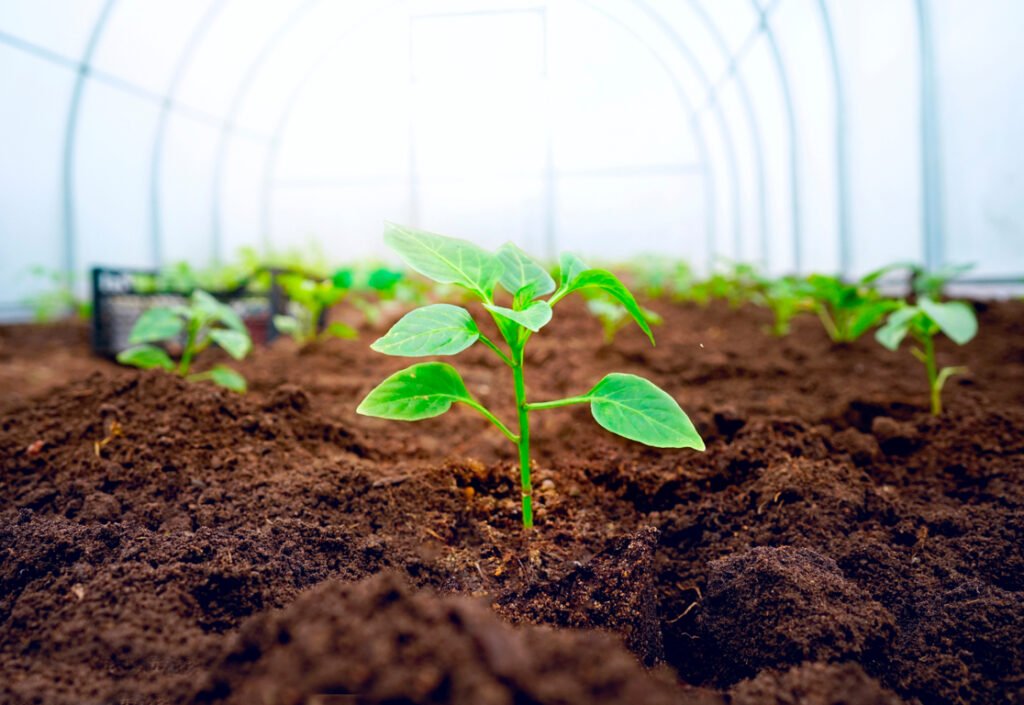
Seeds to Plant Early for Beautiful Blooms
Flowers grown from seed can take eight to twelve weeks to grow to a good size to be transplanted into the garden. Many flowers remain relatively small compared to vegetables so they can be much easier to manage inside if you are limited in space.
Even if you are the most stalwart of vegetable growers you will want to consider flowers and flowering herbs to entice garden pollinators. Herbs can be slow growing so varieties such as lavender, thyme, rosemary, and sage can be seeds to start in January, as they also don’t take up too much room.
Pansies and violas are some of the hardiest flowers and can be good flower seeds to start in January. If you start them early inside they could thrive outdoors earlier than many other plants. Flowers that bloom in spring and benefit from an early start indoors, even if they need protection from frost, are begonia, delphinium, pansies, and snapdragons. Geraniums also need a few months inside to grow strong before transplanting, after your last frost.
Some flower seeds will actually germinate, then grow, better when they experience the cold stratification of winter. Poppy seeds don’t mind being frozen and thawed so if you can see bare dirt in your garden you can go ahead and just throw those seeds outside!
Indoor Growing

The space you have and the strength of any grow lights will determine how far you can go with indoor growing. If you have the right setup you can grow full-size tomato plants and even bush-type cucumbers inside without ever worrying about the temperature outside. Indoor growing is a topic for another day, but let’s just say if you want to plant seeds pretty much any time you want to, and see them thrive, you might want to consider an indoor growing setup.
A Gardeners’ Sandbox – Testing Seed Viability
This last point may well be a last resort for really itchy-to-get-going gardeners’ fingers. Or, it might be a super-savvy choice for serious gardeners faced with weather restrictions and wondering what seeds to start in January.
If you have been gardening for a while there’s every chance you have old seed packets and no idea if the seeds are still viable. Well, you can make your own “sandbox” to play in, grab some pots and some compost and plant a few old seeds to test their viability. You’ll either have a better idea of what seeds you’ll have when it’s really time to plant or you might manage to keep the seedlings thriving long enough to get them outside. And, don’t forget, micro-greens are just sprouts of popular vegetables so some of your seedlings you can just eat!

Frequently Asked Questions (FAQ)
What is the best crop to plant in January?
The best crop for you to plant in January will depend on your gardening goals and your last frost date. Crops to consider to get ahead for this year’s garden are slow-growers like peppers, tomatoes, onions, and herbs.
What seeds are best to plant in February?
February is a whole month later for all gardeners, so it opens up even more possibilities. If you haven’t started peppers, tomatoes and herbs already then it might be time, depending on your growing zone. You can also consider flowers, onions, and leeks.
What are the earliest seeds to start indoors?
The earliest seeds you want to consider starting indoors are the ones that are recommended, usually on the seed packet, to be planted a certain amount of time before your last frost. The very earliest crops to consider are often peppers, herbs, slow-germinating and onions.
What seeds should I start in January if I live in a cold climate?
If you live in a cold climate there’s a good chance your last frost isn’t until as late as May or June. It’s early for you to be starting seeds, however, you do have some options! You can plant seeds that take a long time to germinate and seeds for plants that grow slowly at first.
What seeds can I start in January to grow in cold frames?
Cold frames can add a few weeks to your growing season, they will protect your crops from light frosts. Cold frames are great for starting brassicas, onions, spinach, radish, and lettuce. If you have a month or two before your last frost you can start some of these crops inside, let them grow for a few weeks, and then transplant them to cold frames a few weeks before your last frost.
Can I sow tomato seeds in January?
It’s usually recommended to start tomato seeds inside around 6-8 weeks before the last frost in your area. Once all danger of frost has passed tomatoes can be planted outside. So, if your last frost is in March or perhaps even April, you could sow tomato seeds in January. If your last frost date is later but you have space and sufficient lighting inside, or a greenhouse outside, you might still be able to get a January headstart on this year’s tomato crop.
Can I sow wildflower seeds in January?
Yes, many wildflower seeds benefit from cold stratification. In nature, wildflower seeds are exposed to the bitter cold of winter and they need this before germination happens as the weather warms up. If you don’t have thick snow and can see bare earth, you can sow certain seeds, even on frozen earth. There are some seeds that won’t even mind before being thrown on top of the snow, they’ll fall to earth as the snow melts and eventually grow. Some flower varieties can be started inside and others can be winter sown in containers.


